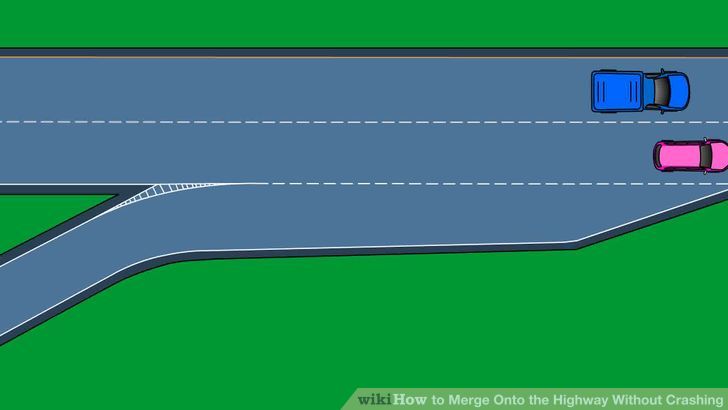Thinking of changing lanes in a slow-moving traffic, but undecided on whether to take that step? Ever wanted to learn how to effectively switch lanes? Here are some quick guidelines on whether it’s okay or not to switch lanes as you drive.
Remember the acronym SMOG all the time.
Signal
Mirror
Over Your Shoulder
Go!
Other expert drivers will tell you it’s MSMOG, with the addition of M for checking your rear view mirror before making the signal. Speed is of the essence when it comes to changing because of the nature and the speed of the moving vehicles around you. Each step of the SMOG process should be not more than 2 seconds apart.
Here are some useful techniques to switch lanes properly and with minimal traffic disruption.
1. Be fully aware of what’s happening behind you and ahead of you. Changing lanes could affect either situation- you may have to speed up for the car on the rear and slow down for the car up front.
2. Keep two lanes open where possible. In highways, you should have two or more open lanes where you are. Ensure the second lane is always clear.
3. Move with the speed of the traffic when changing lanes. Some drivers step on the brakes instinctively as they turn the wheel. You should only slow down or put on the brakes during a lane change if you see a stop signal ahead, or if the vehicle in front of you is braking or slowing down.
4. Keep your steering steady. Check for drifting in the other direction as you look over for incoming vehicles on the lane you want to switch to. Keep a firm grip on the steering wheel in order to prevent this from happening. Glide on over to the next lane without turning. Just edge the wheel to the direction of the lane as to simulate a gliding motion.
5. Check for other objects that could impede your lane change. Remember that the lanes on the road aren’t just for trucks and similar-sized vehicles. There could be passing pedestrians, motorcycles and even small animals such as dogs, cats or birds. One way to make sure is to scan for vehicles and for smaller objects especially in your blind spots.
6. Keep an eye on any parked vehicle when you’re changing lanes. Before considering switching lanes, you should check for any parked cars across that lane and judge whether you could still pass with them. More often than not, a crowded lane with multiple parked cars isn’t a favorable lane for switching lanes with. Scan for any telltale car doors opening or any moving tires as these parked cars could be moving into the travelling lane.
7. Avoid switching lanes on intersections. It isn’t strictly against the law to switch lanes with an intersection, but it’s extremely unsafe to do so. There’s the added possibility that there’s a pedestrian crossing the street. Watch out for intersections that don’t have any signal or signs. They prove to be quite difficult to gauge whether there are passing pedestrians or vehicles in them.
